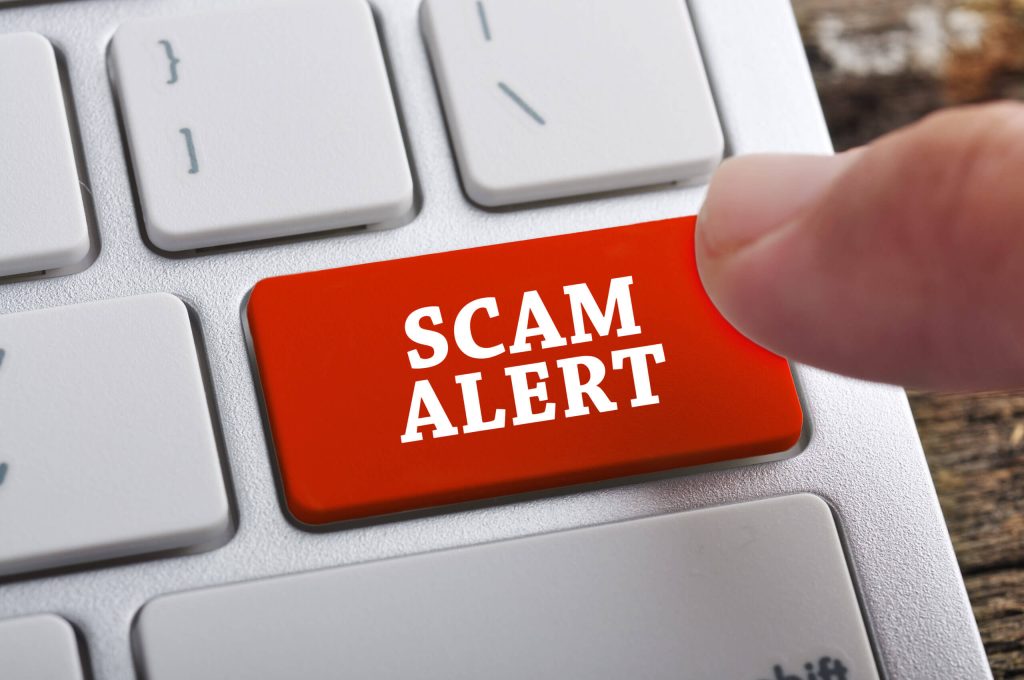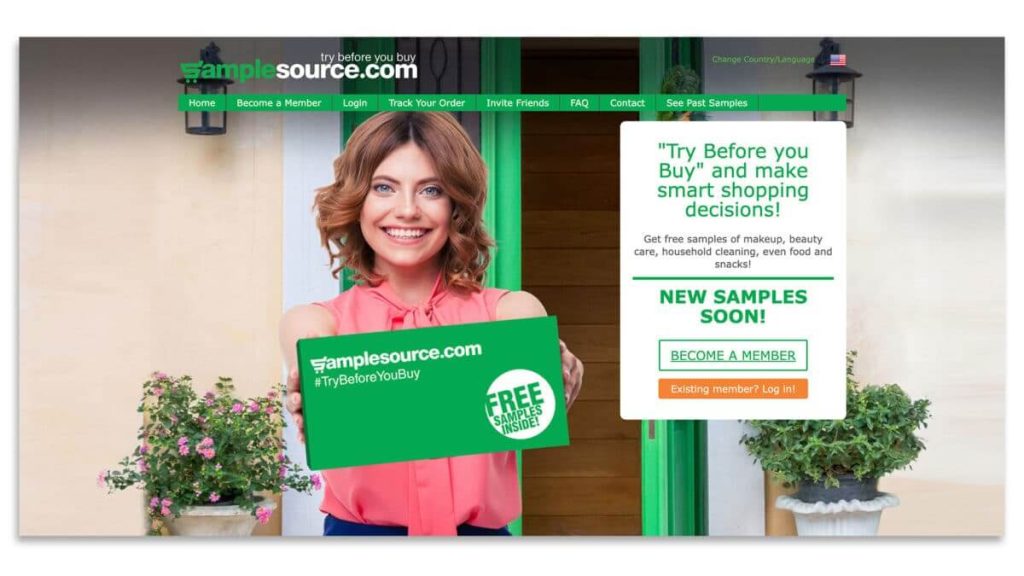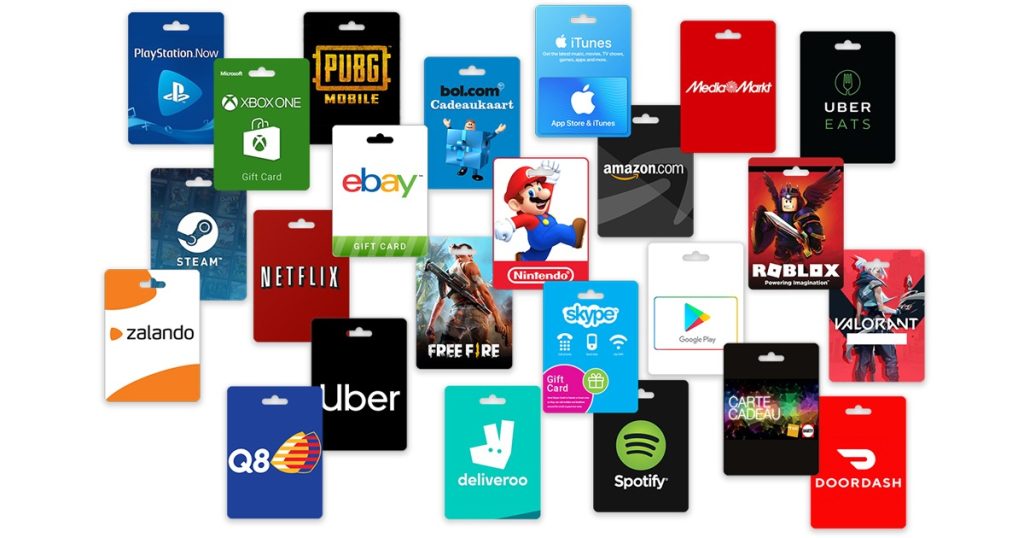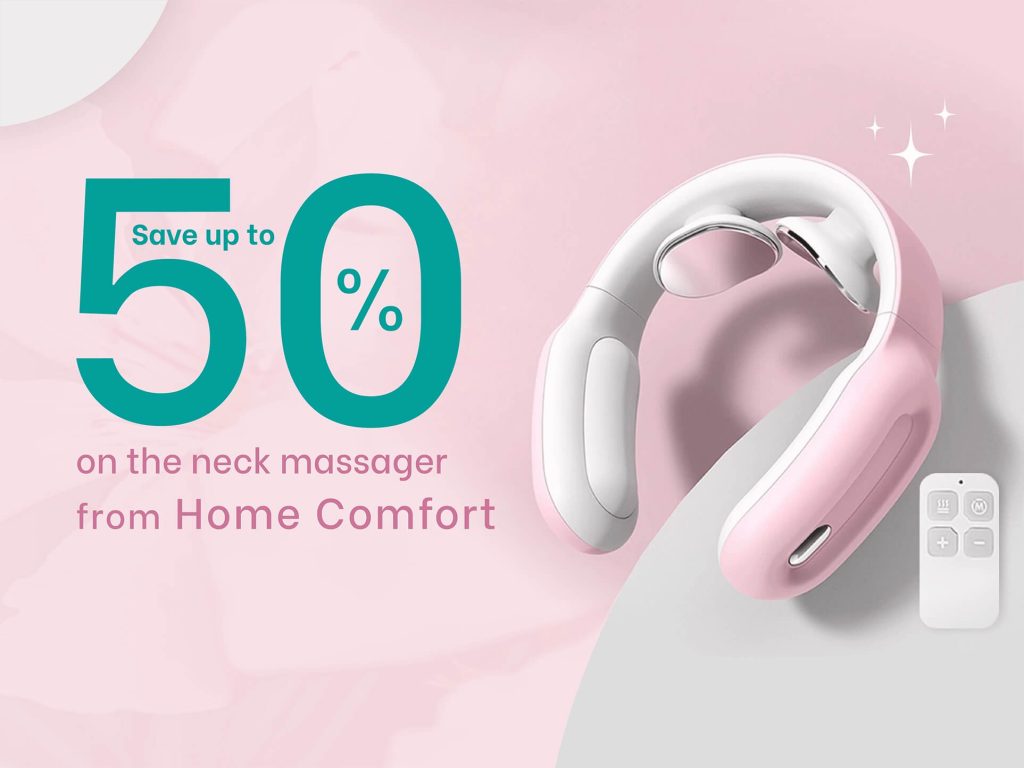Best For Your offer iteam

Offers of free money from government grants are scams. Someone might offer you a grant to pay for education, home repairs, home business expenses, or unpaid bills. But they’re all scams. Here’s how to avoid a government grant scam, and how to report it.
How Government Grant Scammers Try To Trick You
- Scammers reach you in lots of ways. They put ads online for (fake) government grants. Or they might call you using a fake number that shows up on your caller ID so it looks like they’re calling from a federal or state government agency. Some send texts, emails, or messages on social media saying you might qualify for free money from the government.
- Scammers make big promises. They might say you can get free money or a grant to pay for education, home repairs, home business expenses, household bills, or other personal needs.
- Scammers try to look official. Besides faking their phone number, scammers will pretend they’re with a real government agency like the Social Security Administration. Or, they’ll make up an official-sounding name of a government agency, like the Federal Grants Administration, which doesn’t exist.
- Scammers ask you for information or money. Government grant scammers might start by asking for personal information, like your Social Security number, to see if you “qualify” for the grant (you will). Then they’ll ask for your bank account information — maybe to deposit “grant money” into your account or to pay up-front fees. Or they’ll ask you to pay those fees with a gift card, cash reload card, wire transfer, or cryptocurrency. That’s always a scam. Read this Government Imposters fotonovela to see how it happens.
- Scammers try to be convincing. They might even promise a refund if you aren’t satisfied. But that’s a lie. Once you give your bank account information, or pay fees, your money will disappear. And, you’ll never see the grant they promise.
Tips & Tricks
Best Websites That Offer Free Samples

In a world that thrives on online shopping, who doesn’t love the nice surprise of receiving free samples? Now more than ever, many websites offer free samples to customers looking to try before they buy. From beauty products to household essentials, the internet is rife with opportunities to snag freebies without ever leaving the comfort of your home.
We’ve rounded up some of the best websites that offer free samples and provide valuable tips to ensure your free sample experience is not only fruitful, but also hassle-free.
SampleThat
When it comes to hunting down free samples, SampleThat is a top-notch contender. The process is as straightforward as it gets—create an account, complete your profile, and they’ll notify you when new samples become available. According to the company, samples can range from “makeup, beauty care products, household cleaning products, health products, and food products.” With a user-friendly interface and an ever-changing array of freebies, SampleThat is a must-visit website for free samples.
.
How to winner offer?
To create a winning offer, whether it’s for a business proposal, a job application, or a product sale, you should follow these key steps:
Understand Your Audience:
- Research: Know who you are targeting and what their needs and pain points are.
- Tailor Your Offer: Customize your offer to meet their specific needs and preferences.
Value Proposition:
- Unique Selling Point (USP): Clearly articulate what makes your offer unique and why it’s the best choice.
- Benefits Over Features: Focus on the benefits your offer provides rather than just listing features.
Clear and Concise Communication:
- Clarity: Make sure your offer is easy to understand. Avoid jargon and complex language.
- Brevity: Be concise. Long-winded offers can lose the audience’s interest.
Proof of Value:
- Testimonials and Case Studies: Use customer testimonials, case studies, or reviews to show the value others have received.
- Data and Metrics: Provide data or metrics that demonstrate the effectiveness or value of your offer.
Strong Call to Action (CTA):
- Actionable: Make it clear what the next step is. Use strong, actionable language.
- Urgency: If appropriate, create a sense of urgency to encourage immediate action (e.g., limited-time offer).
Presentation:
- Professionalism: Ensure your offer looks professional. This can include good design, proper grammar, and a clean layout.
- Personalization: Where possible, personalize the offer to the recipient to make it more engaging.
Follow-Up:
- Check-In: Follow up after presenting your offer to answer any questions and show your commitment.
- Persistence: Be persistent but not pushy. Sometimes multiple touchpoints are needed to close a deal.
Terms and Conditions:
- Clarity on Terms: Make sure all terms and conditions are clear and fair.
- Flexibility: If possible, offer flexible terms that can adapt to the needs of your audience.
Would you like advice on a specific type of offer?



